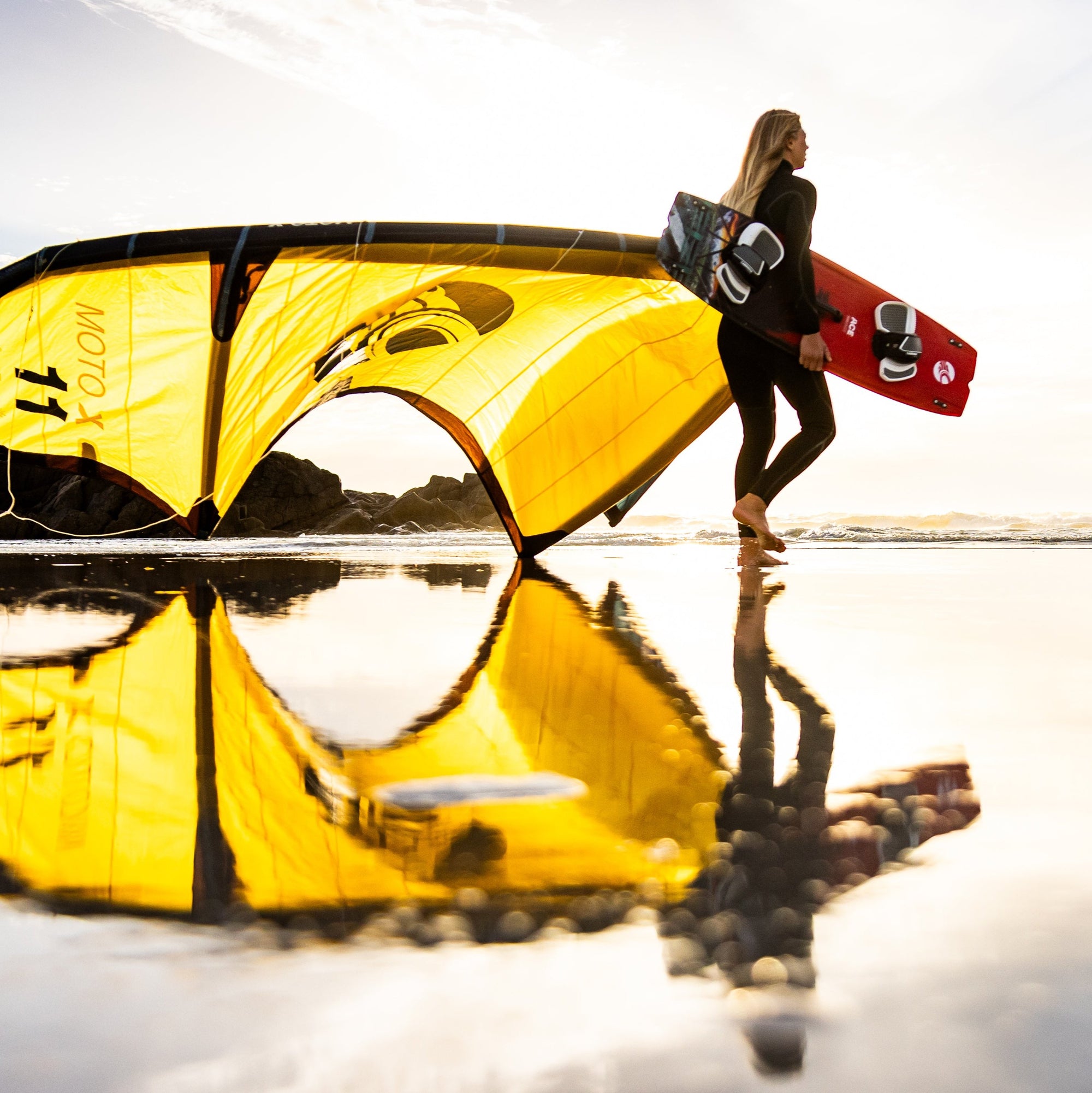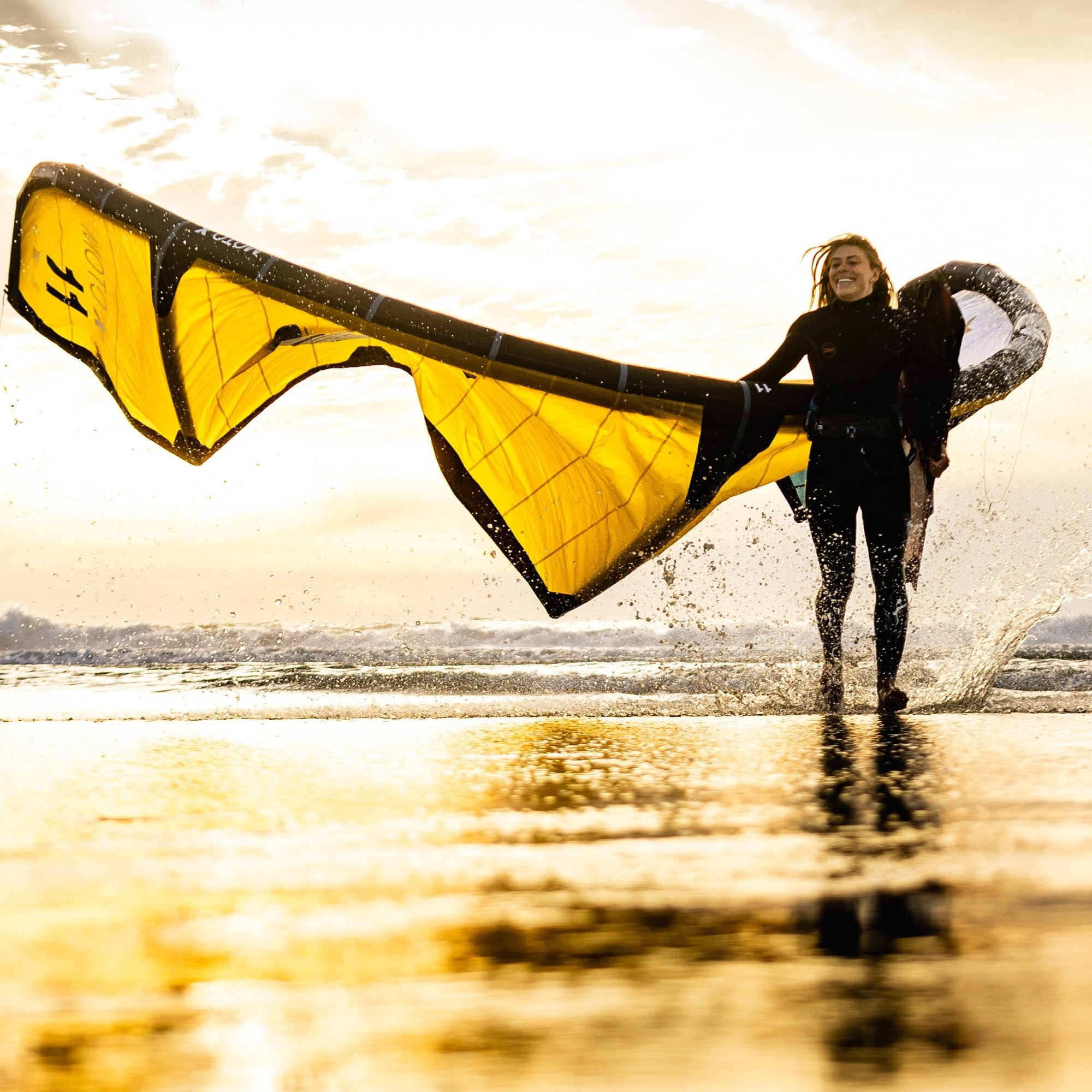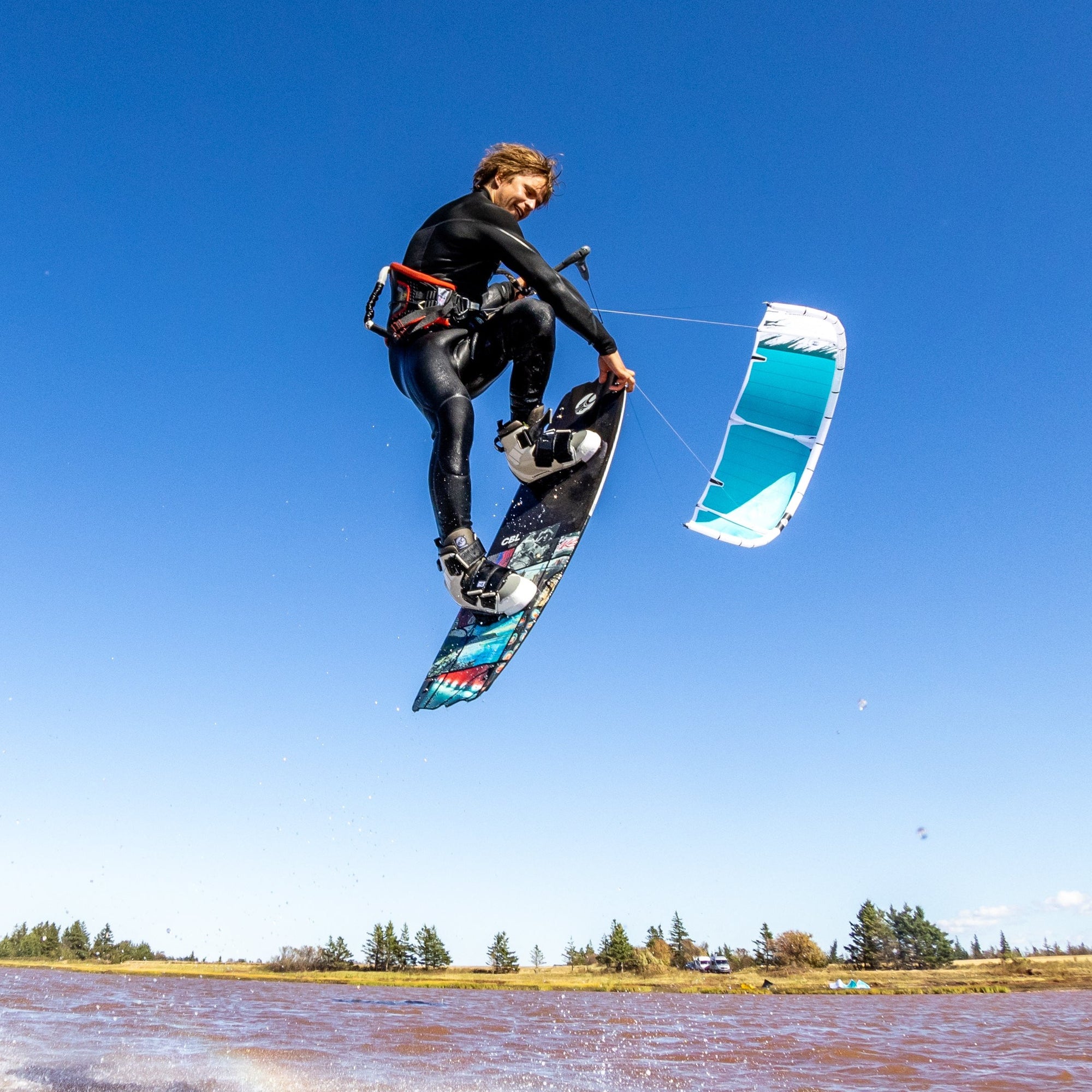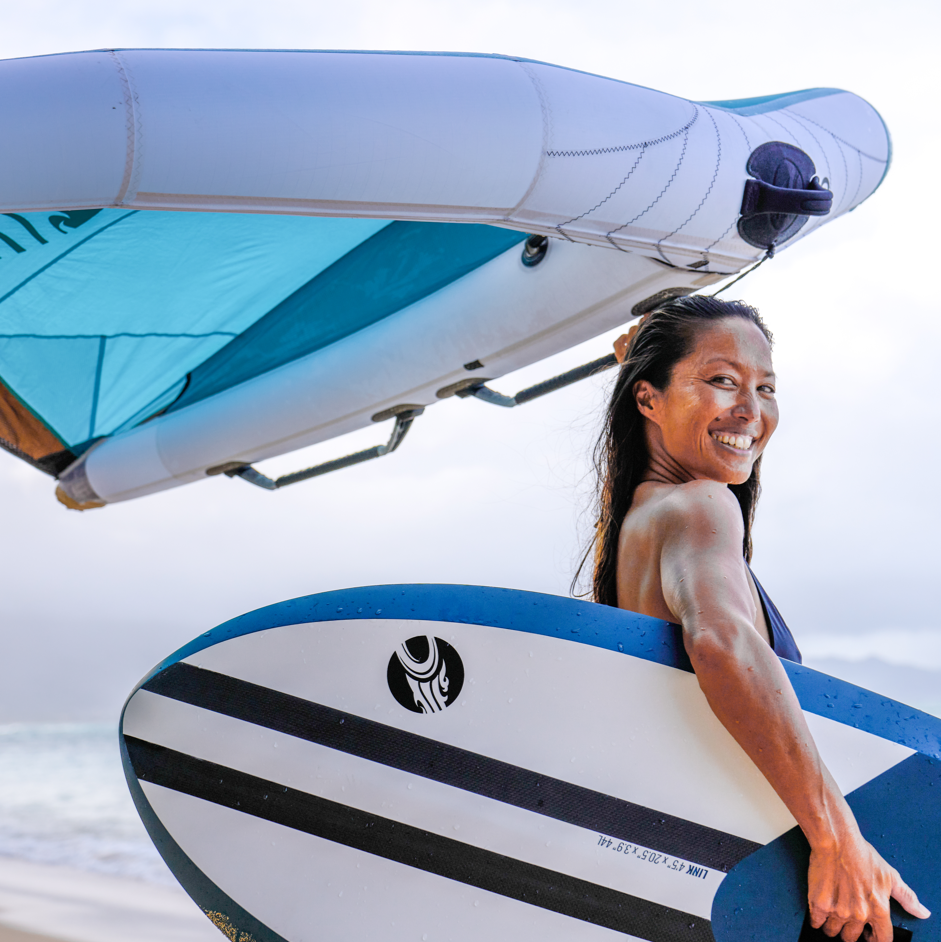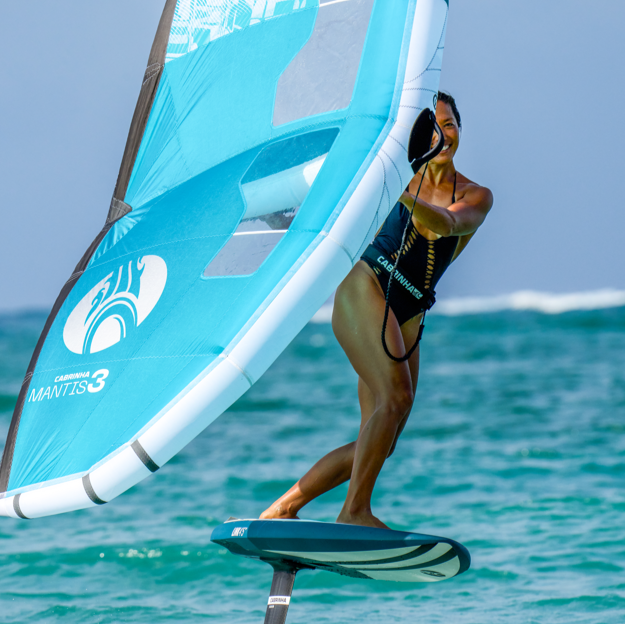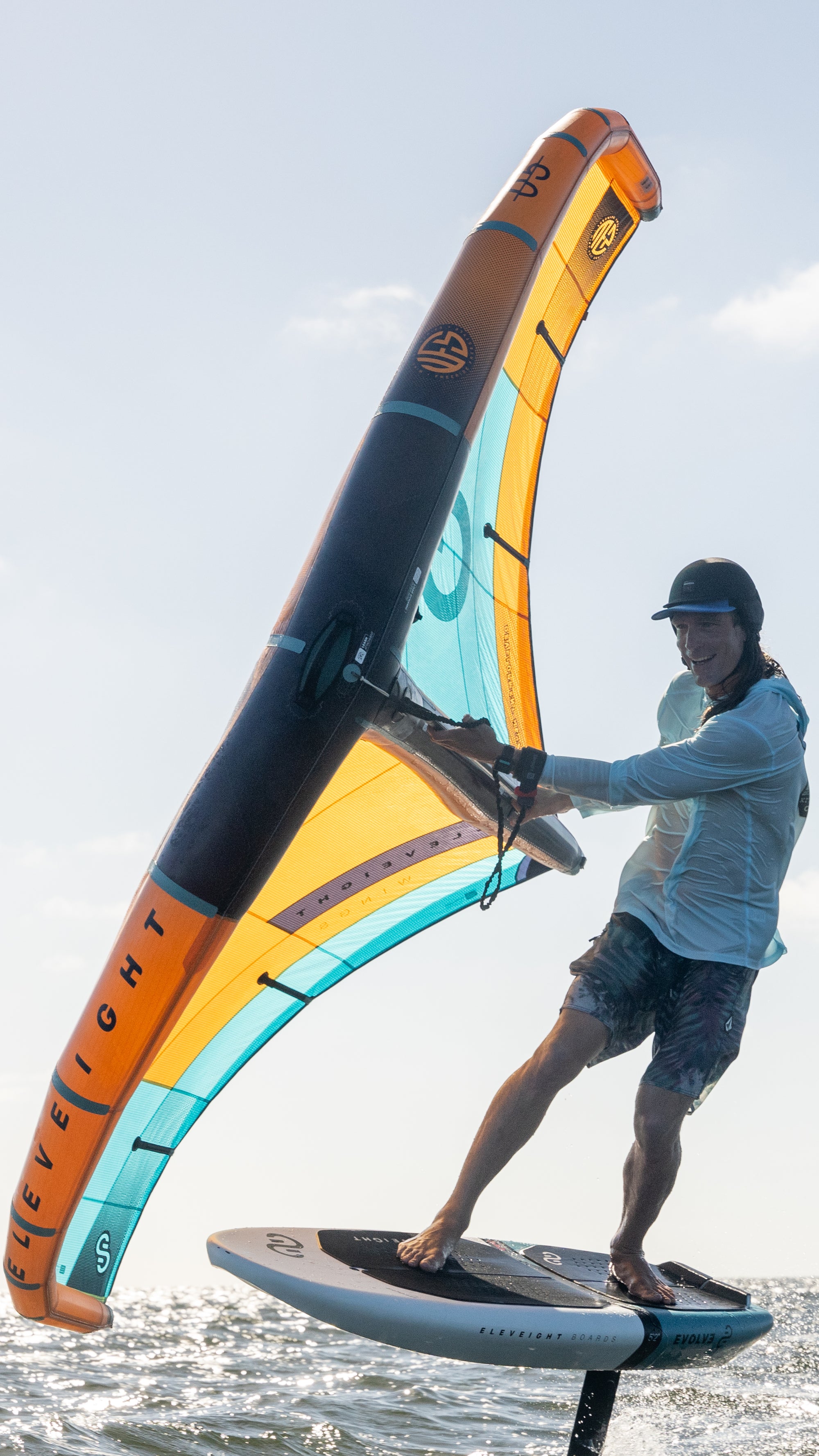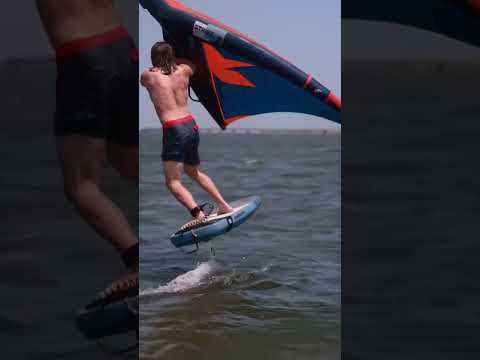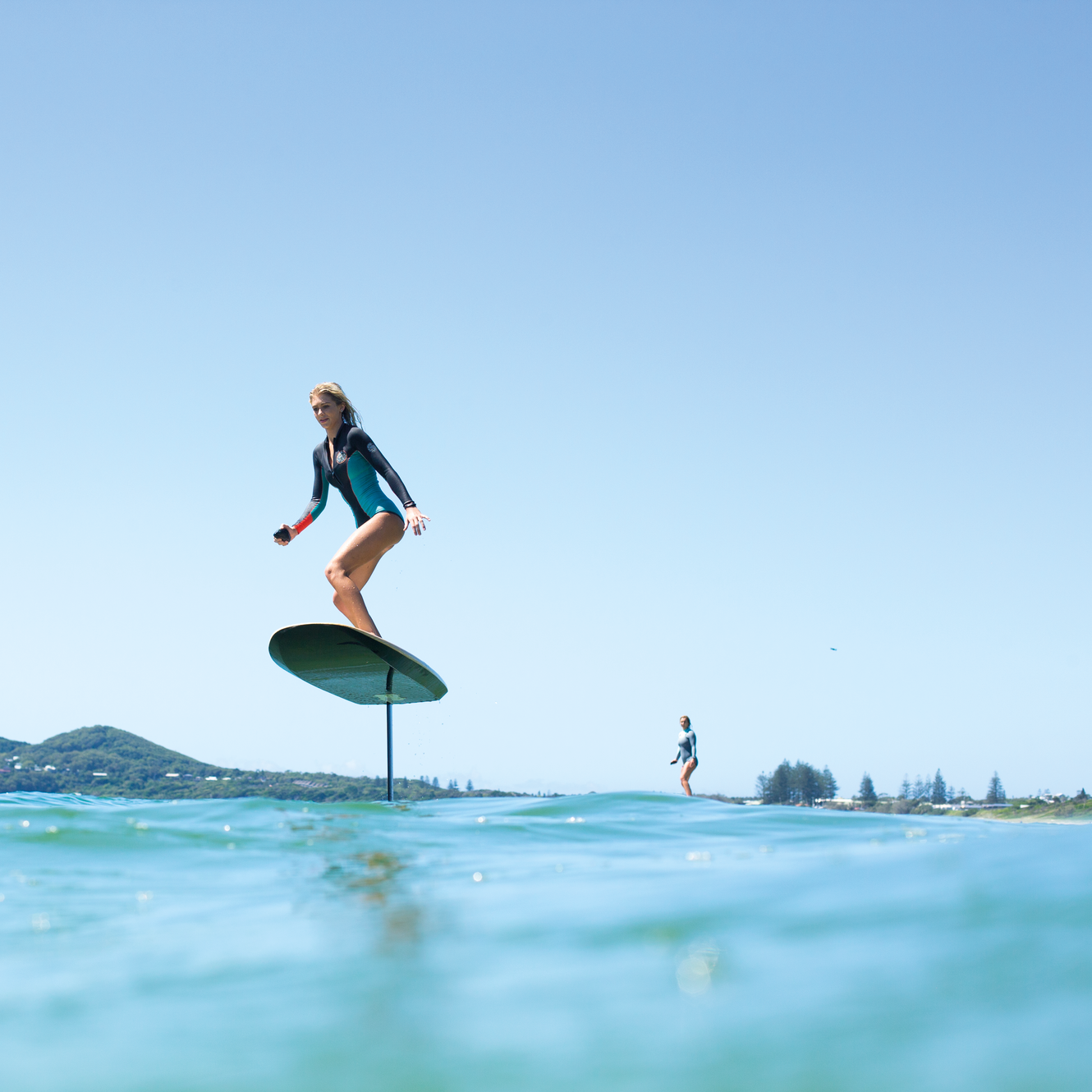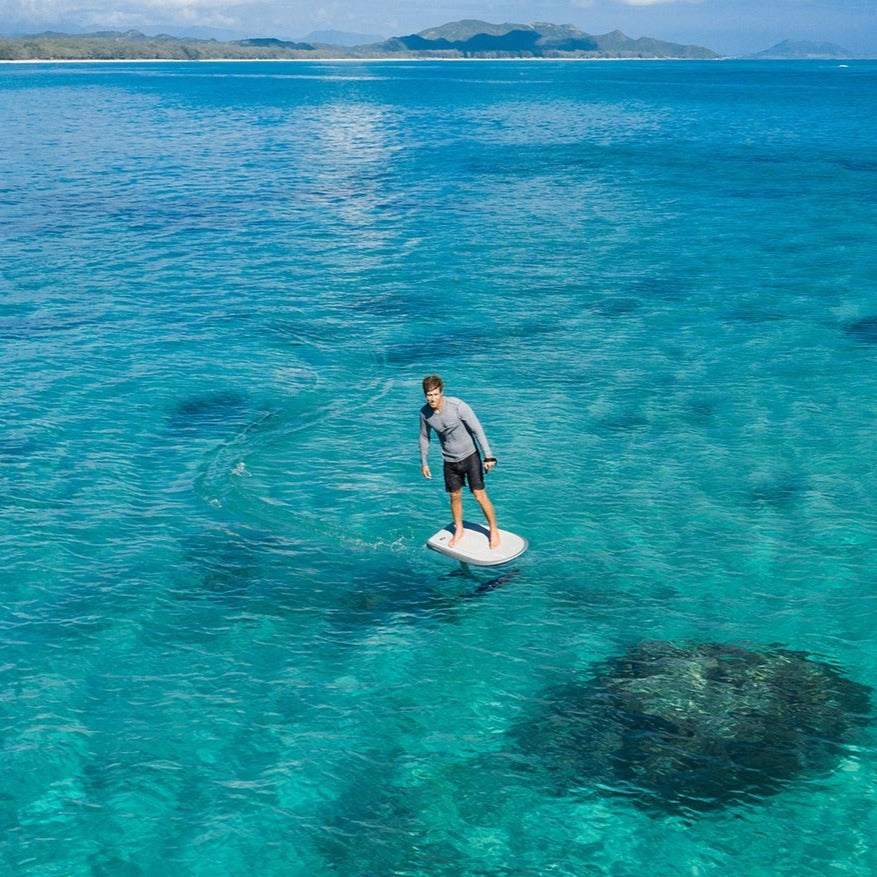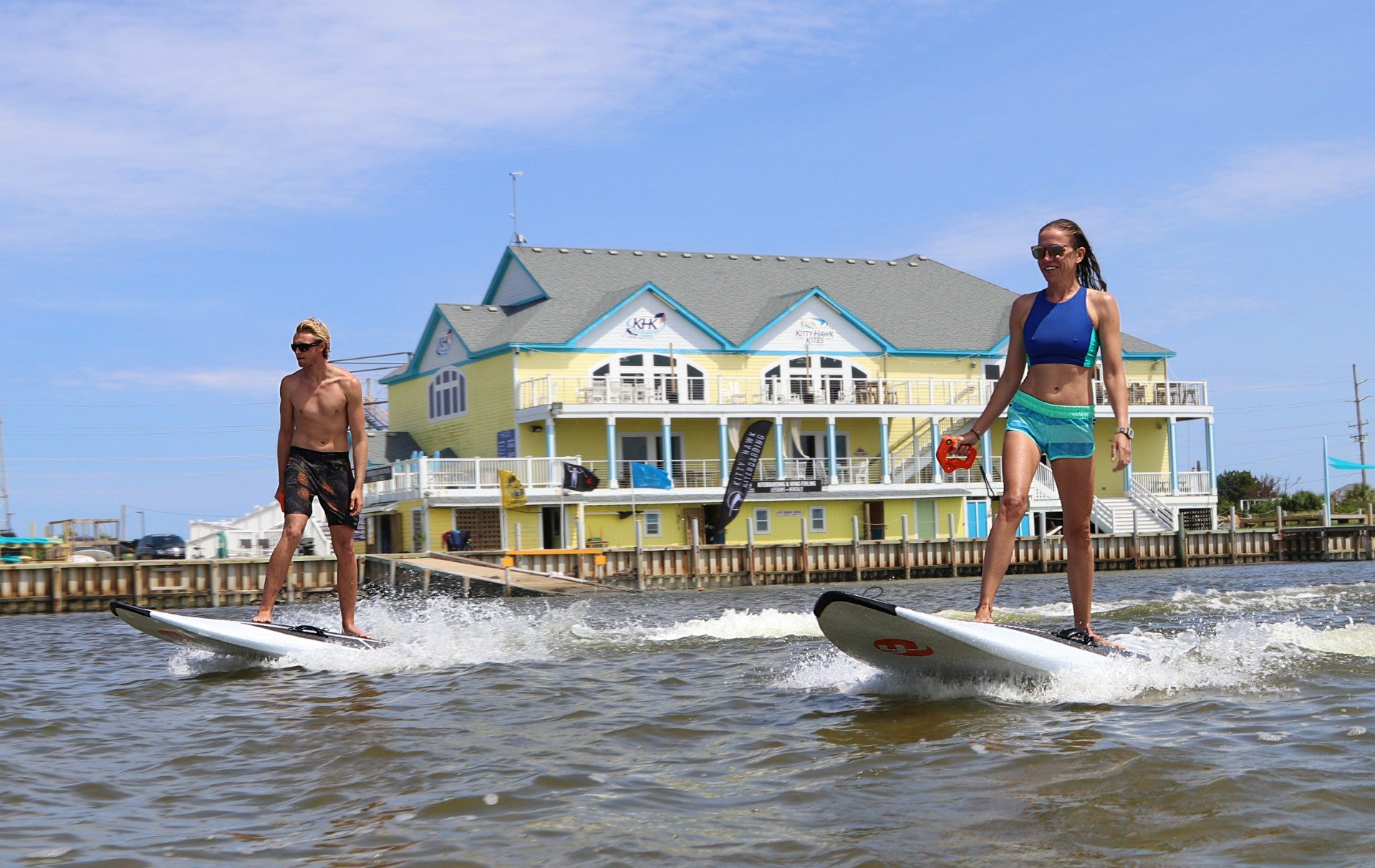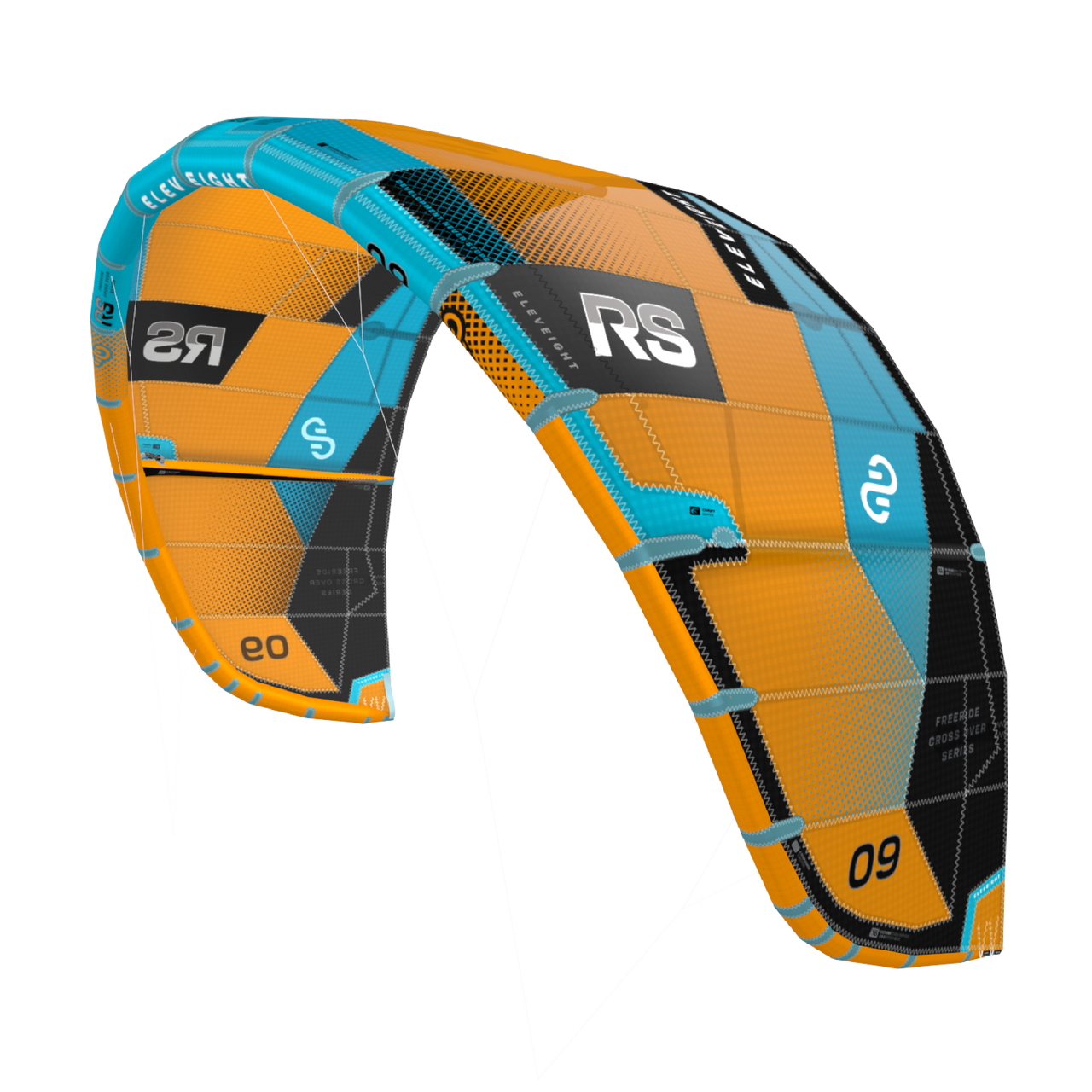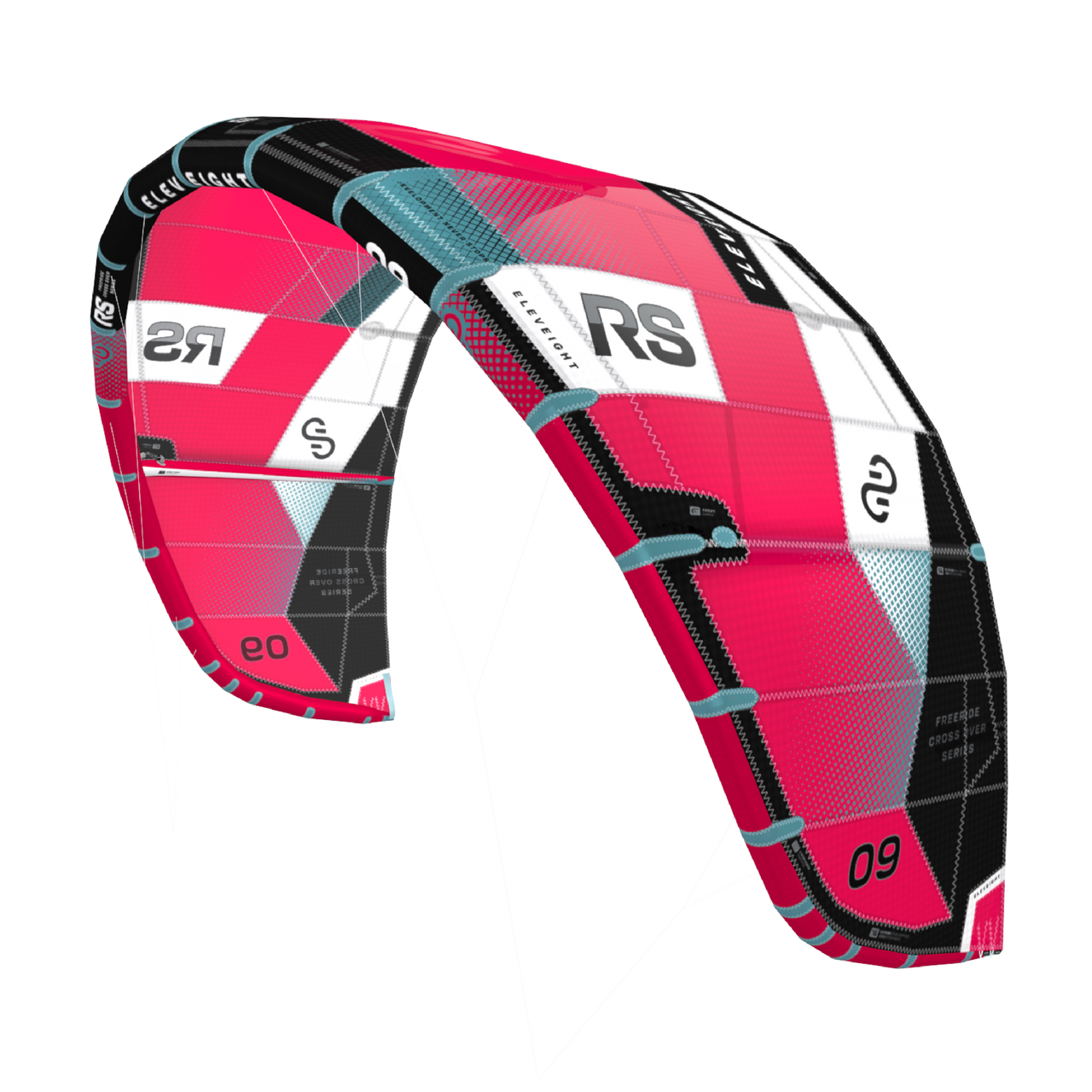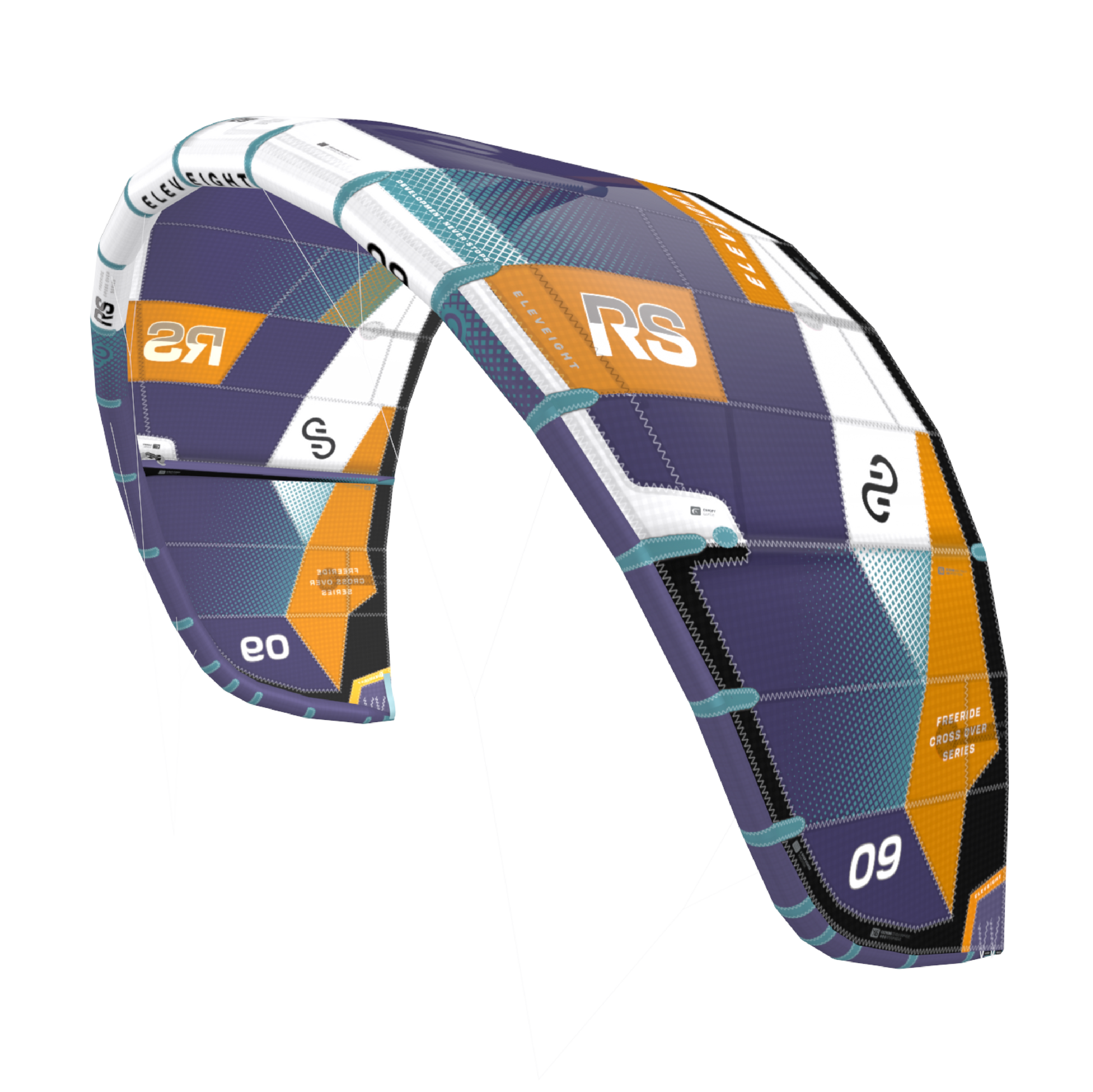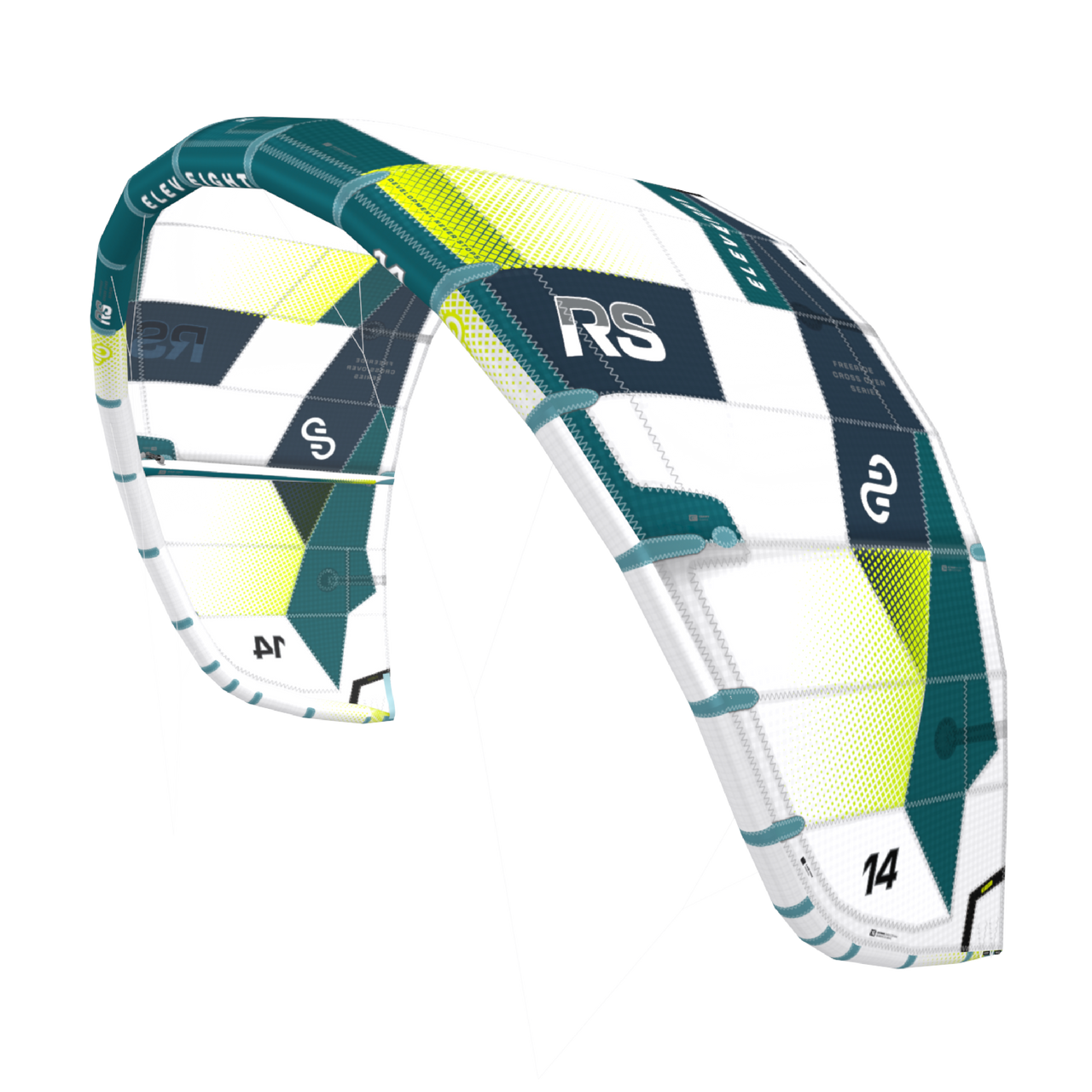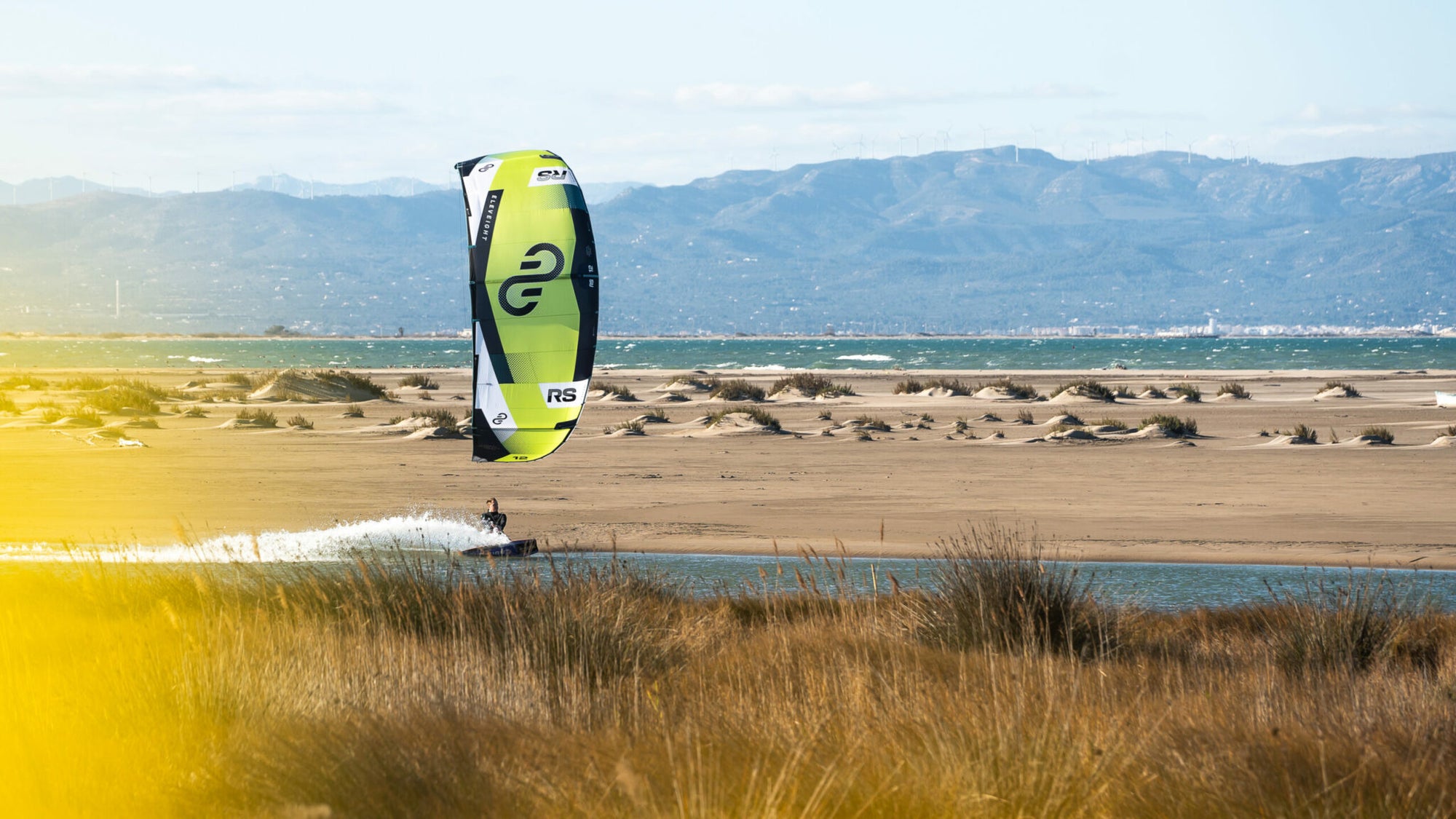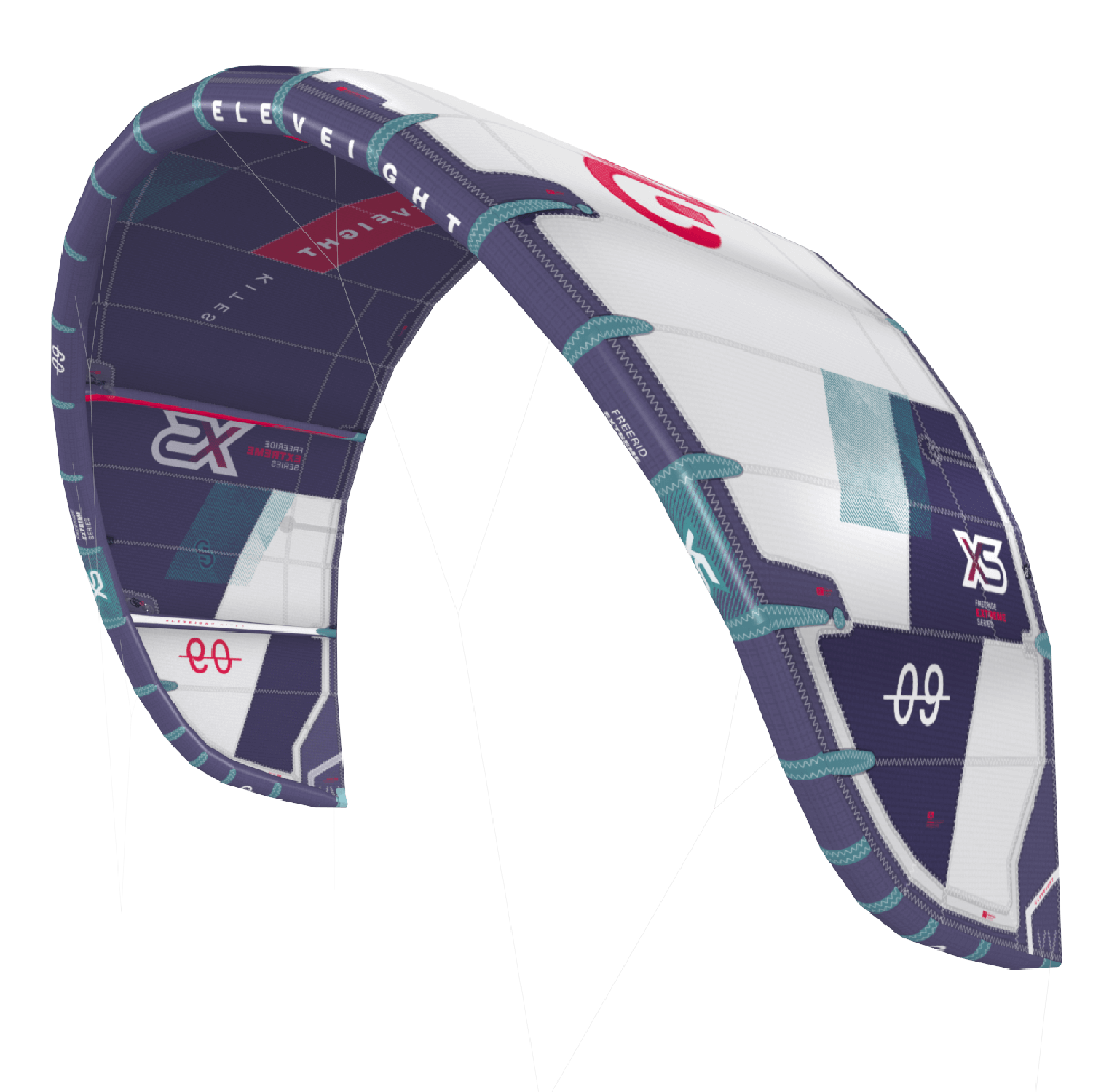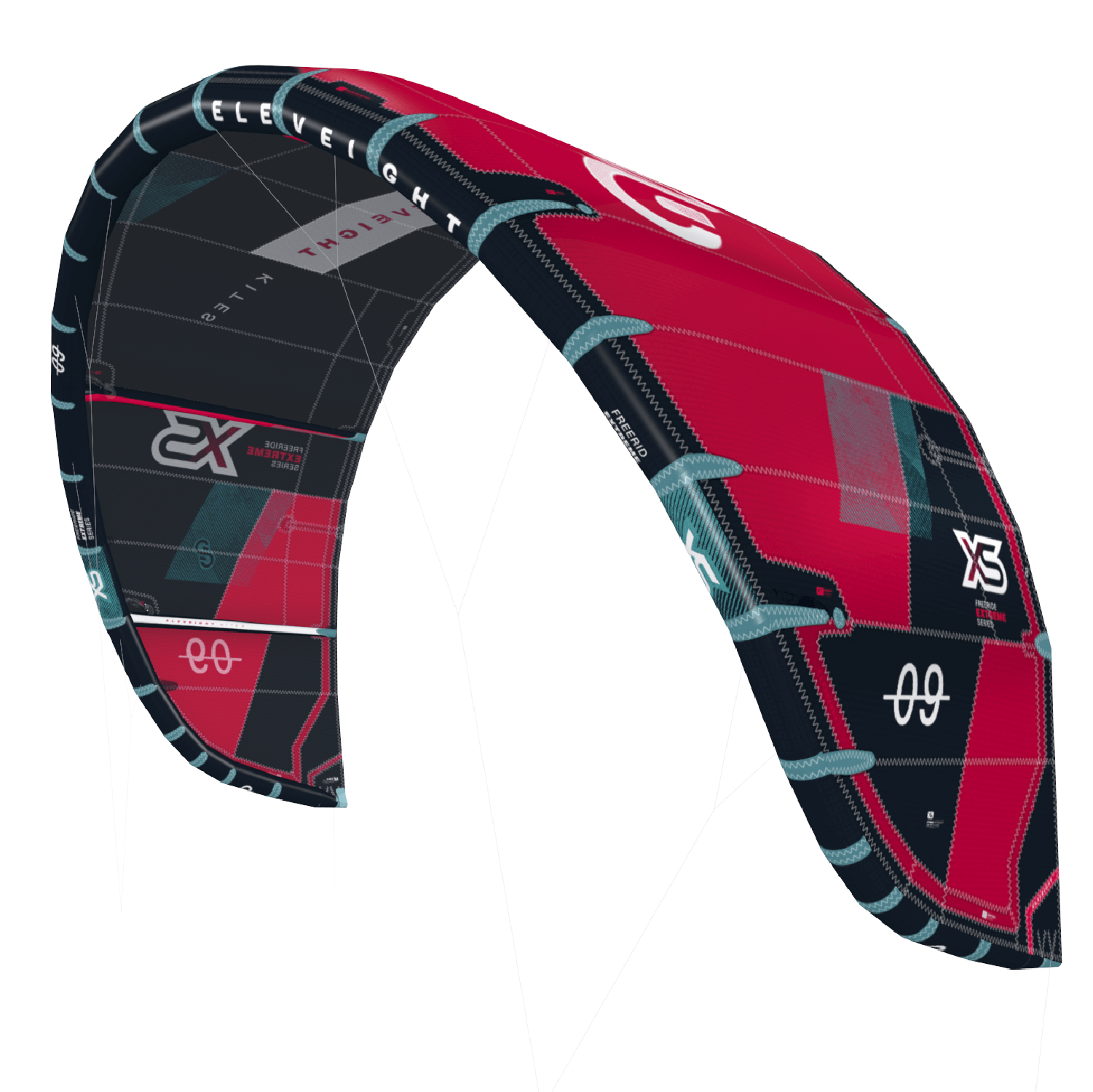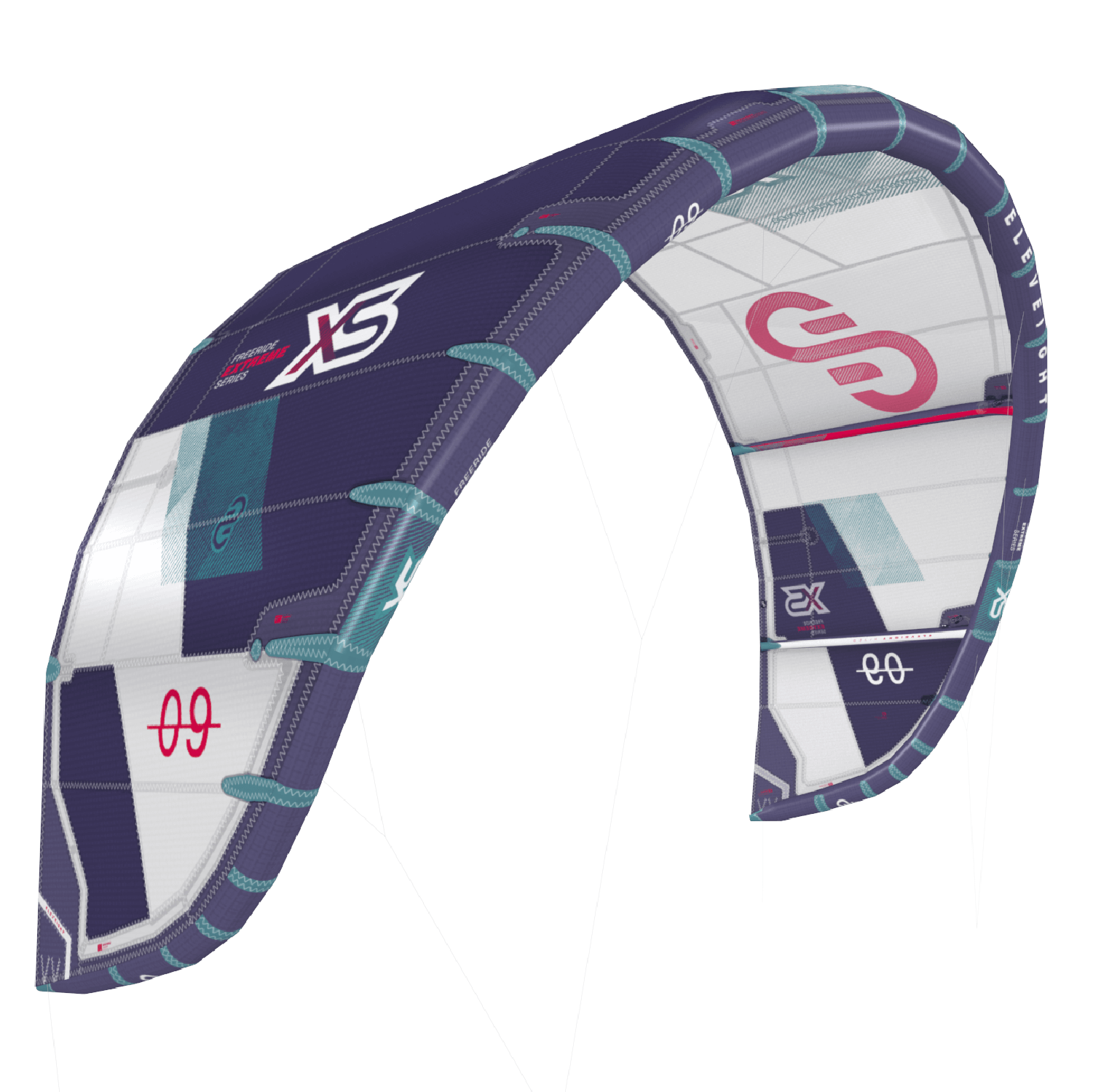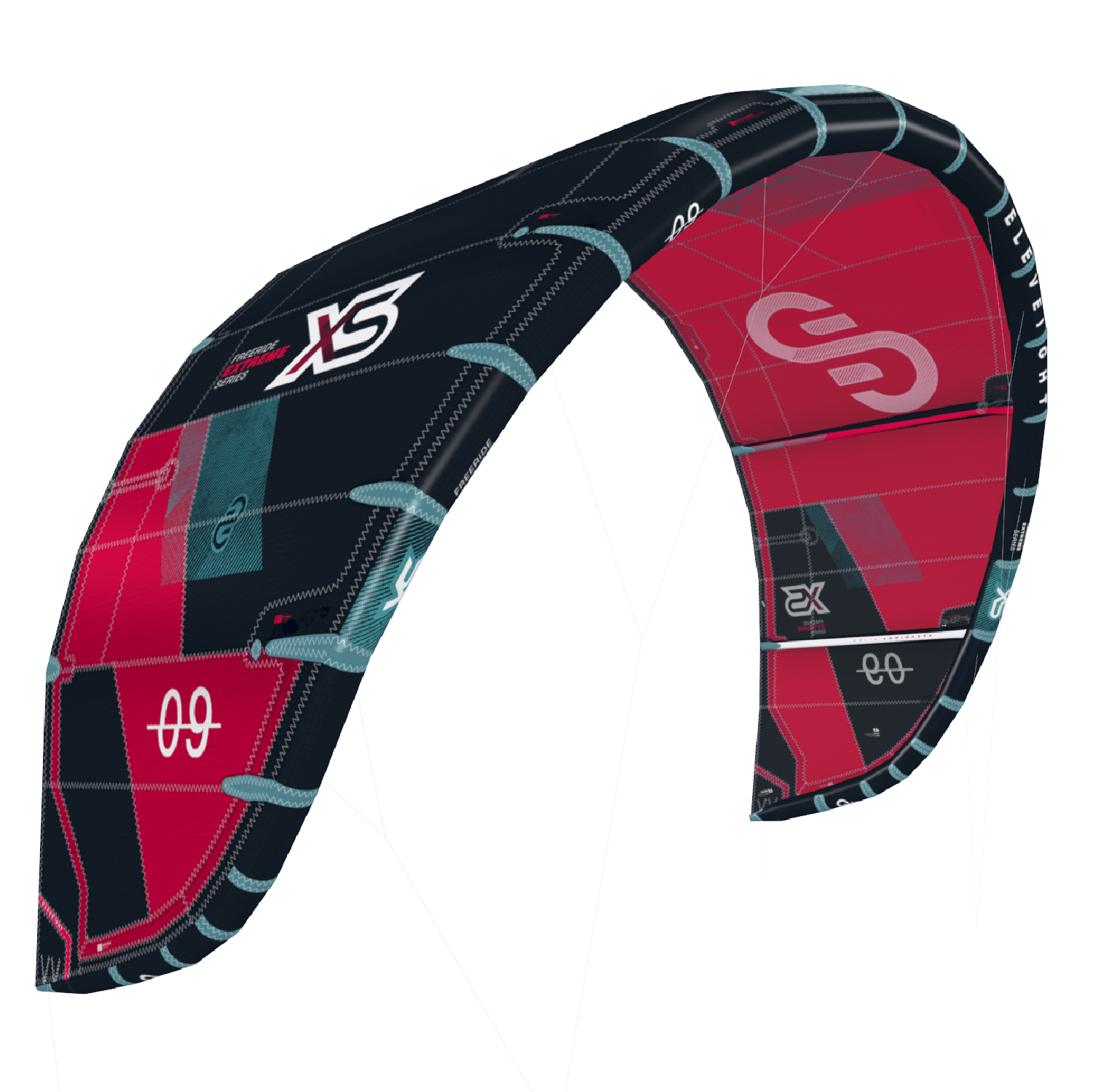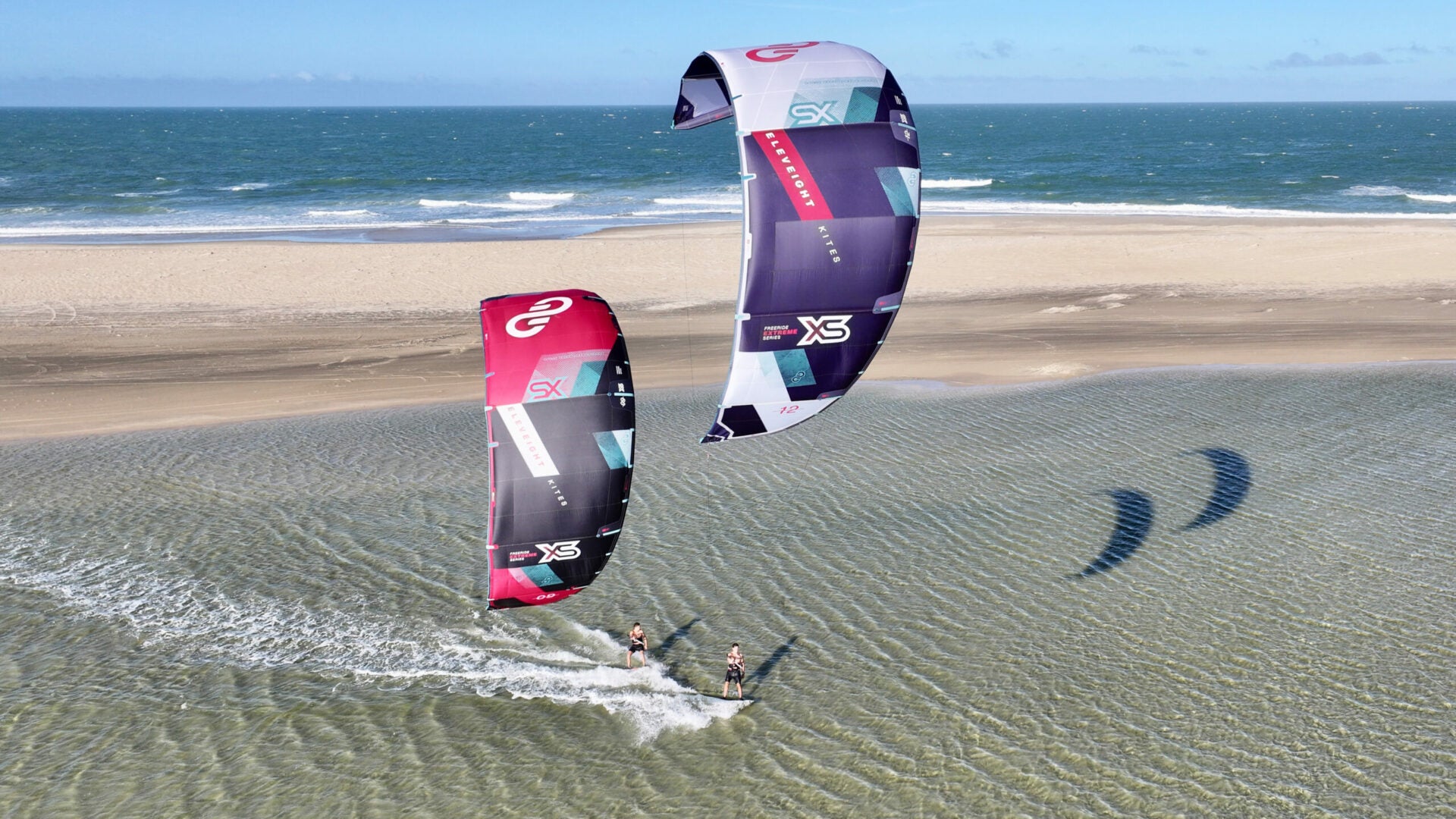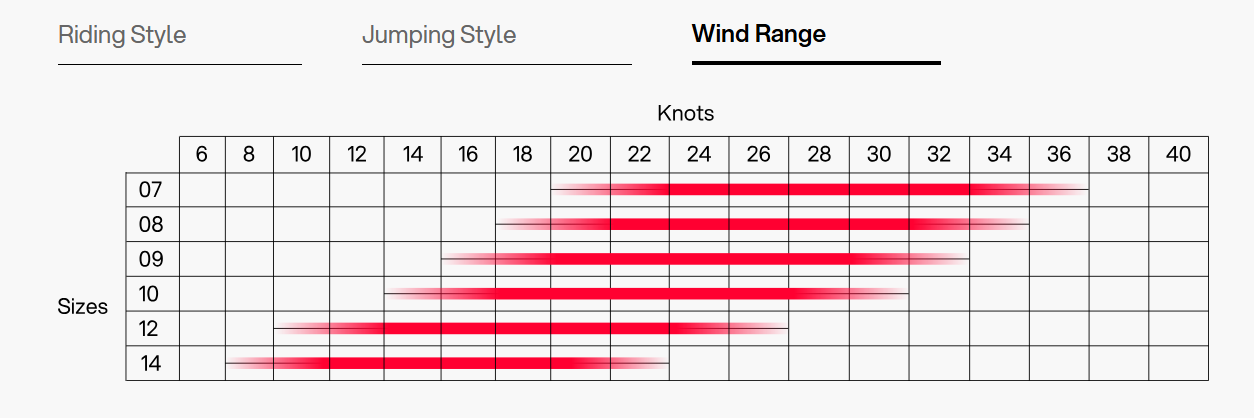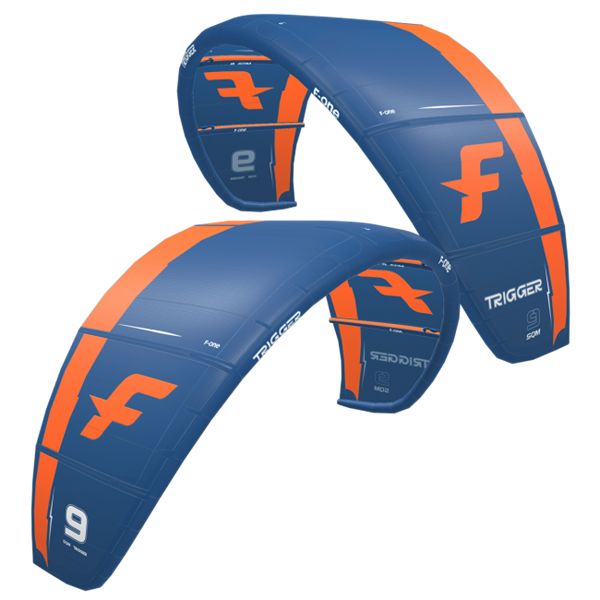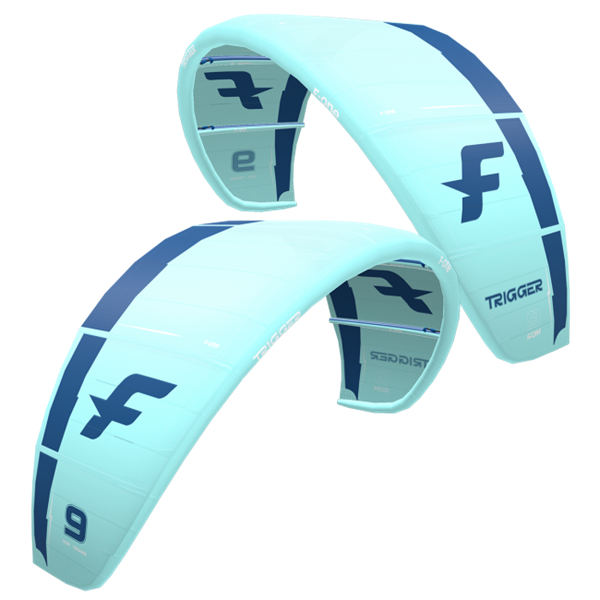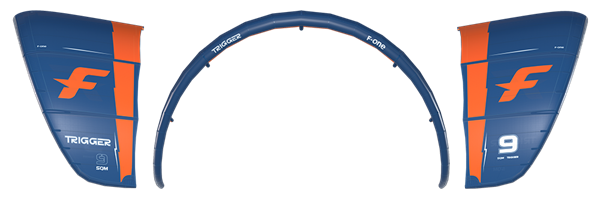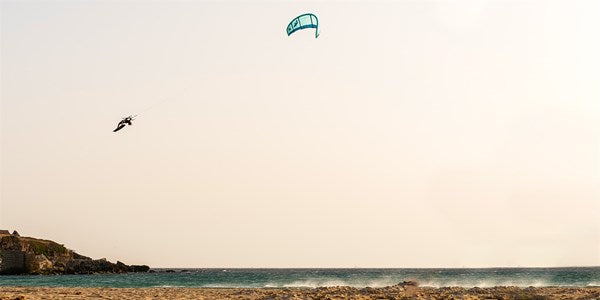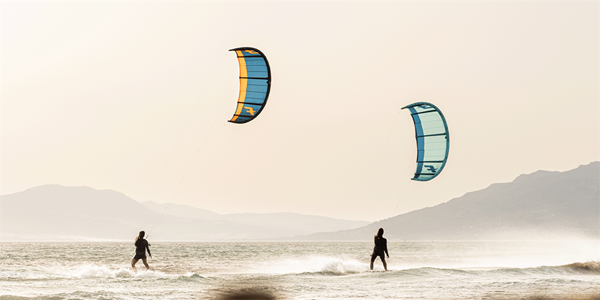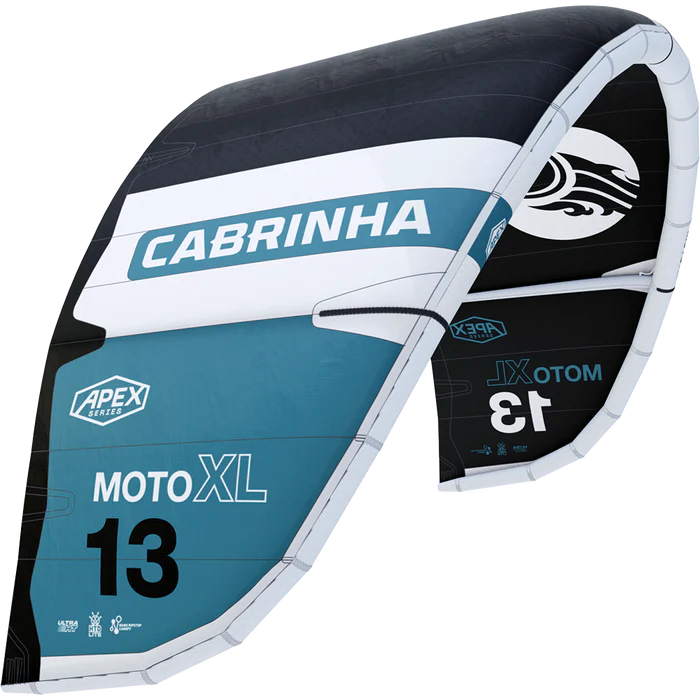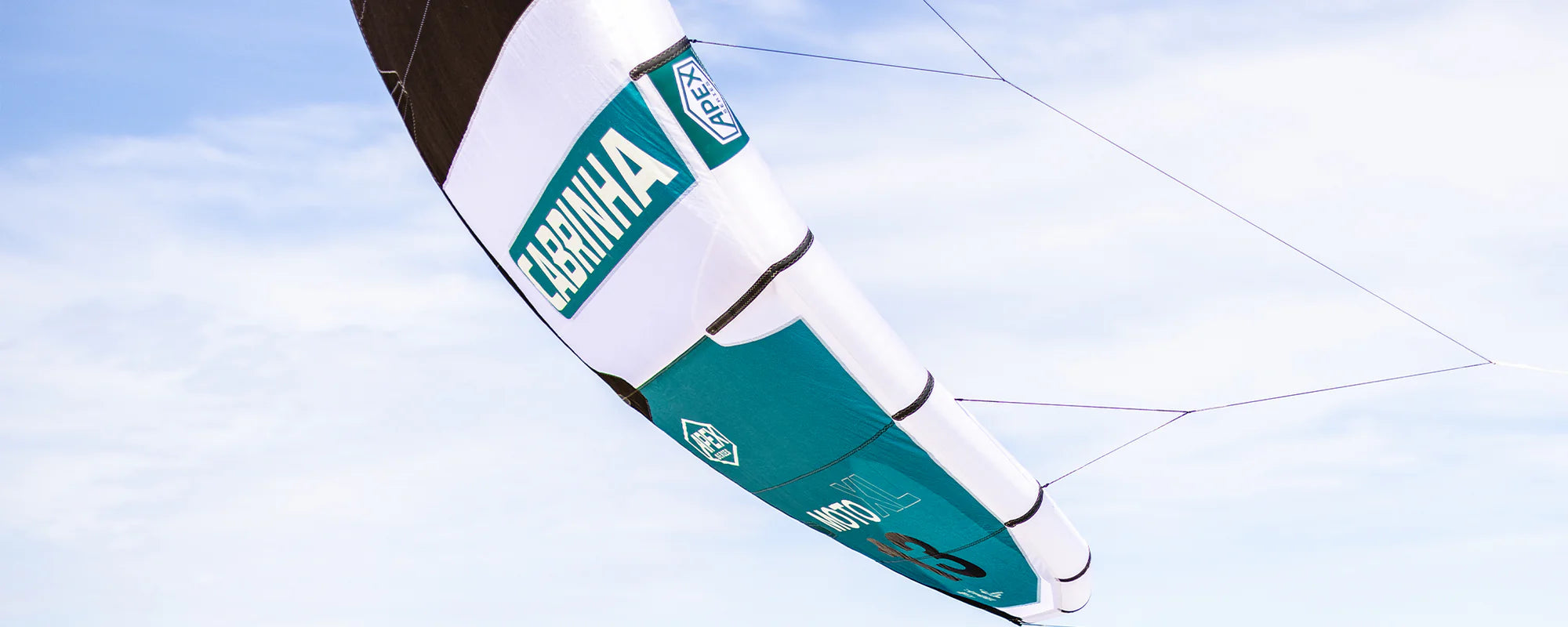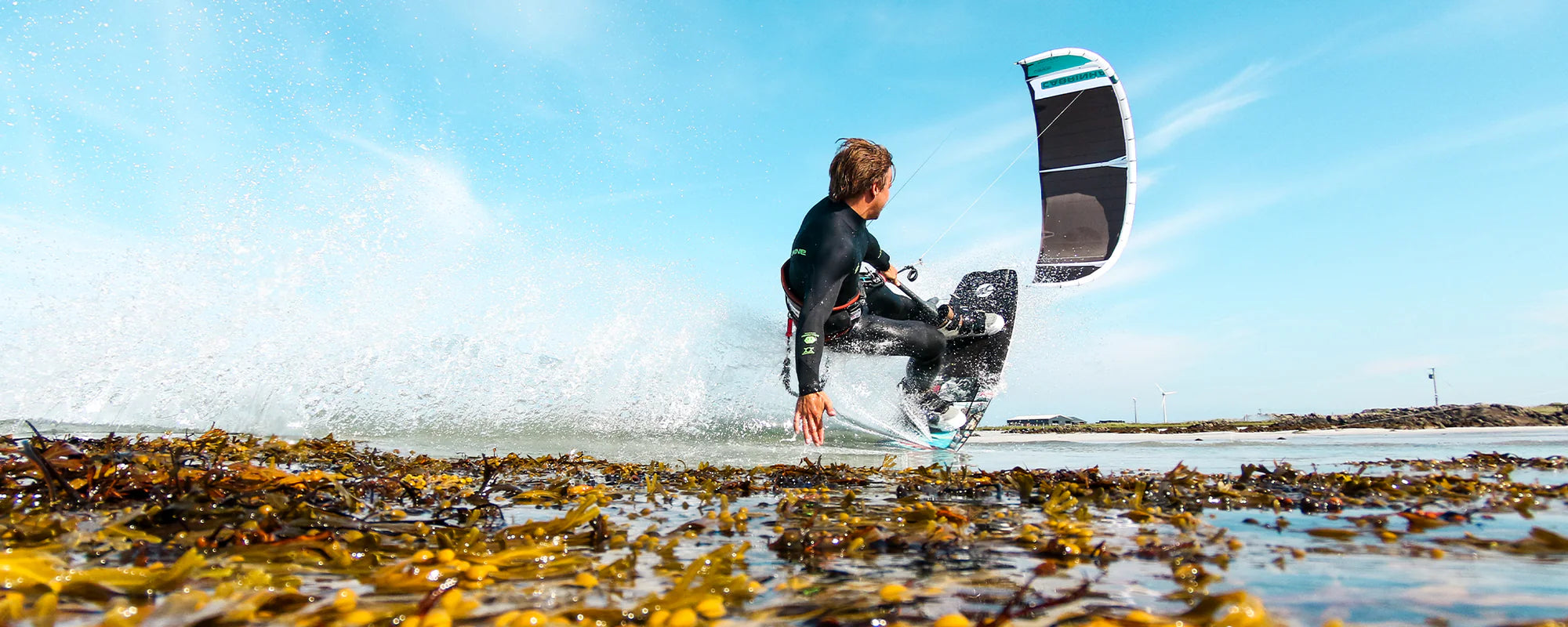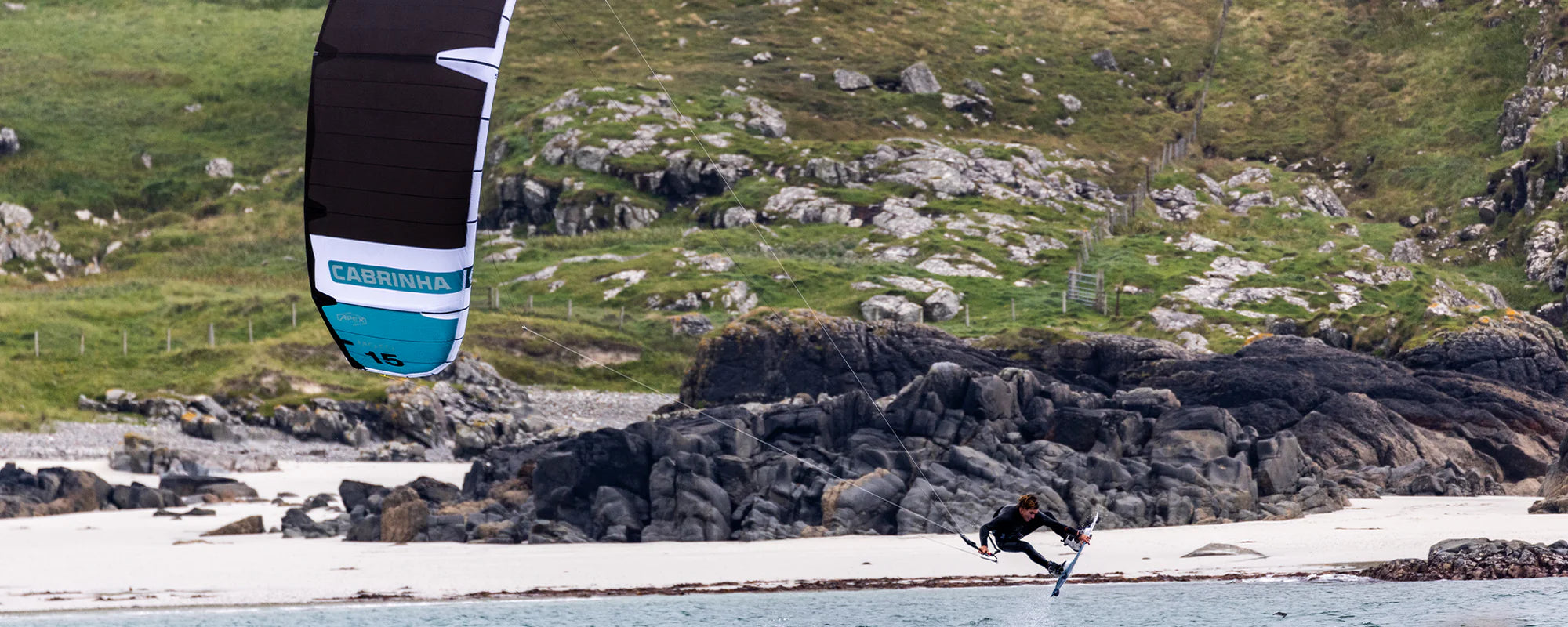How to Choose a Wetsuit

Here on Hatteras Island, in the heat of summer our water averages in the upper 70s in the Pamlico sound. You will see people wearing anything from board shorts to a full length wetsuit in the water.
Even if the water is warm, people wear wetsuits to protect their skin from the sun and ocean life such as jellyfish in the Sound. When learning to kiteboard, wearing a wetsuit will also add a layer between your skin and your gear, which may help prevent minor injuries.
So while it is not necessary to wear a wetsuit on the water in the summer, we recommend covering up for longer and safer sessions on the water.
How to Choose a Wetsuit - Evaluate your needs
1. Where do you ride? What is your seasons high and low temperatures for both water and air? How long into the season will you realistically ride? How much temperature change do you experience throughout your riding season?
2. Do you get cold easily? Are you warm blooded, cool or cold blooded? How important is warmth to you personally?
3. What is your budget? Everyone wants to spend all their money on their kite, board and harness. Remember that your wetsuit is stuck to your body and will be a huge deciding factor on how long you can ride in comfort. In the winter, you must have a wetsuit, and for all practical purposes it needs to be a 5/4 blind stitched and glued suit. You are talking of an investment between $200-350.
4. Sizing – This is absolutely critical for your comfort. If you get a suit, it should be snug, but not super tight. Can you touch your toes? Are the arms and legs long enough or too long? You don't want to have bunches of neoprene on your arms or legs. If you buy a wetsuit online from us and it does not fit right, do not use it. Call us and simply return the wetsuit in exchange for another size.
Wetsuits typically stretch once submerged in the water, so you are looking for a snug fit when you put it on dry.
Neoprene
This is the stuff we are mainly talking about that your suit is made of. It is a stretchy rubber made from melted-down petroleum chips which come from Limestone that has been 80,000,000 years in the making. This Synthetic rubber is filled with tiny nitrogen gas bubbles, which gives it the insulation and flexibility that we are looking for. Thickness of material is from 3mm to 9mm. This foam type material has various degrees of water absorption and windproof abilities. Mobility of the suit reduces as the thickness increases and is typically laminated with other materials depending on the desired function of the material. Many different companies have different types of neoprene, generally the stretchier and more comfy you get, the more expensive and shorter lasting the suit.
Thickness
Kiteboarders need a wetsuit with a good fit and the right mix of features. Wetsuits will not keep you completely dry, the idea is to allow a small amount of water inside, your body heat will take care of the rest. Wetsuit thickness is measured in millimeters and impacts warmth. For example: 2mm , 3/2mm, 4/3mm. The first number represents thickness in the torso area, the second number in the extremities. Less neoprene is used in the extremities to increase flexibility. As a rule of thumb, thickness increases warmth and decreases flexibility.
Water temp + thickness recommended:
- 75-85F 1.5-2mm neoprene tops + board shorts or shorties like this Mystic Diva for the ladies
- 65-75F 3/2 wetsuit - Recommended for the Pamlico Sound!
- 55-65F 4/3 wetsuit with base layer
- 45-55F 5/4mm wetsuit with base layer
- 35-45F Drysuit with base layer
Thermal Linings
Bamboo Charcoal: Is found in many Mystic wetsuits. Bamboo Charcoal is known for its inherent antimicrobial and anti-odor properties. This natural fiber is woven into the lining of some provide hygiene benefits. Bamboo Charcoal prevents soiling and growth of odor causing bacteria in your wetsuit caused by body oils, sweat, and saltwater. Bamboo Charcoal absorbs far infrared light from the sun and emits it to the body. It is not visible to the eye, but you feel it as heat penetrating into your skin, warming your body and improving blood circulation.
Heat lock: an ultra-lightweight inner lining comprised of a series of tubular, hollow yarns. The heat-lock effectively traps and stores body heat within the cavity of the yarn, keeping you warmer and drier. An insulating hollow fiber lining that traps and reflects body heat.
3/2 Summer Wetsuit – Generally these suits are not glued and blind stitched and allow water to flush through the suit each time you wipe out. Many people prefer a half-length wetsuit or shorty, like this Mystic Star.
4/3 Basic Kite Surfing Wetsuit – This is a full wetsuit that is glued and blind stitched. It locks out about 90% of all water flushing through your suit. If you ride in a cold climate this type of suit or warmer is a must.
5/4 Insulated Suit – This is comparable to a 4/3 but with extra features to keep you warmer. Insulated panels and a better entry system to reduce water flush during wipeouts. These are our best selling suits because of price and durability. These also make excellent surfing wetsuits.
Wind Suit – These suits are kiteboarding and windsurfing specific. The outer layers is a smooth skin that allows water to run off the suit as soon as you are up and riding again. This allows for less heat loss from wind-chill on a wet wetsuit. These wetsuits are super comfortable, but not as durable. If you take care of your gear and don't want to surf, these suits are excellent values.
Drysuits – Good from 35 up to 45 degrees with different layers of under garments possible for all weather conditions. Those who ride them, swear by them. You will pay more, but what is your riding time worth?

Base Layers & Accessories
These items are essential to allow you to layer under or over your wetsuit so you can increase the warmth of your wetsuit. This is more affordable than purchasing multiple wetsuits. Base layer neoprene shirts can also be worn in warmer water as a stand alone garment to provide warmth, sun protection, and wind chill protection.
Base Layers - One of the most critical elements of comfort is going to be in your base layer! Base layers are made of polypropylene, neoprene, or metallite. NEVER use Lycra as a base layer as lycra holds water and makes you colder.
Polypropylene is a wicking fiber that pulls the water away from your body so you don't get the refrigerator effect of wind blowing over your wet body. Also, polypropylene is a hollow fiber that absorbs your body heat and traps it close to your body to keep you 20% warmer.
Neoprene Tops - Keeps the core warm and allows you to extend your session in comfort. We also wear these under our wetsuits on very cold days. A neoprene hoodie like this Mystic Vortex is worn over a wetsuit and is equipped with a hole for your harness hook. Our instructors typically wear these while teaching lessons, no matter the temperatures.
Booties, hoods and gloves – If you want to ride when it's cold you will need all three. Booties are the most important to start with. Plan on spending $100 - $150 to get the right set up of all three pieces of gear. Your extremities are always the weakest link in the length of your session due to cold.
Hoods can make a 3/2 wetsuit feel like a 5/4 by retaining the body heat that typically exits through your head. Some wetsuits come with hoods, or you can slip an external one in, which is an incredibly comfortable option.
For really cold conditions, neoprene gloves may be necessary to keep you on the water longer.


